Copying business papers a hundred years ago

The most common way to copy business papers in a specified historical period is carbon paper , carbon paper. The carbon copy was used all the last century practically and became the unconditional office centenarian. Older Khabravchians remember, of course, packs of thin black sheets that were sold in bookstores: they got dirty on the bottom side, and the top side was safe.
However, other inventions, much less well-known, were used to copy business papers. About them - those clerical methods and devices that were used in the 1910-30s. of the last century - we’ll talk. Due to my economic education, I frankly do not understand the principles of operation of some of them, then I do not write about the technical side of things, but simply publish pictures.
Quite rare pictures, by the way, - and, most importantly, there are a lot of them.
1. Carbonized blanks.
The most common way to copy a document (unless, of course, is to just rewrite it by hand) is a carbon copy. However, applying a carbon copy is tedious: you need to place a copy sheet between two writing sheets, that is, combine the boundaries of three sheets. It is much more convenient if the reverse side of the form is already a carbon paper, and the forms are fastened in one bundle. In this case, tear off the number of forms you need, fill out one of them, and - oh, the joy of scientific and technological progress! - you get the required number of completed forms: two, or three, or even four. It’s much more fun than copying several forms of copy paper, not to mention manually filling out the forms with the same text.
Forms with the reverse side in the form of carbon paper were distributed abroad:

In Russia, they were also known:
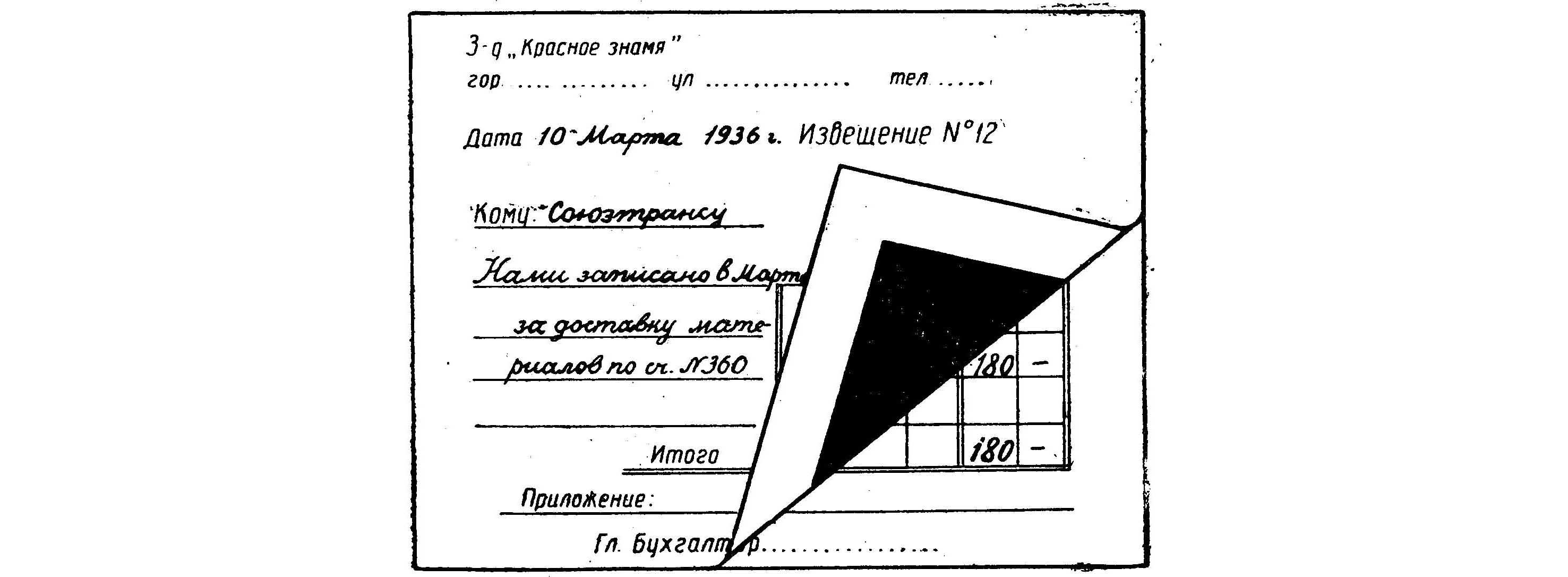
Do you know how these forms were called? You know, of course, because you read the section heading: carbonized forms .
2. Copy boards.
There were more inventive inventions. I can argue that most Habra residents do not know what copy boards are. And a little 80-90 years ago, this technique was widespread.
You probably thought that a copy board is a device for copying, and you guessed it, although not really. Copy boards were really used for copying, but not as simple copy machines, which are described below, but as a so-called form of accounting!
Between us girls, speaking, accountants solve problems more difficult than filling out several copies of the form. Often the primary data is identical, but it must be scattered across several primary documents or statements, the forms of which have nothing in common with each other. But the indicators are identical! Is it logical and rational to write the same number several times in different documents - the fool understands that it is easier to write once!
Scientists of that time came to the aid of accountants. They came up with the so-called copy accounting (abbreviated copy) carried out using copy boards. The idea was for the accountant to write down one number, but as a result of using the carbon copy, it got into several documents of different types at once. That is, the documents needed to be stupidly not stacked one under the other, but in such a way that the identical indicator present in different documents turned out to be one under the other so that it was possible to use carbon paper. But since there were several indicators when filling out one group of documents, when filling in the next indicator, all documents had to be shifted in a certain way, and so on, until the last indicator was filled. With some dexterity, anyway, a gain in time was obtained in comparison with filling out each document with identical indicators manually. Scientists have come to the aid of accountants in the sense that the copy boards made it possible, by adjusting, to align the documents being forwarded each time in the required manner. Documents transferred with carbon paper were fixed with clips, then indicators were recorded in them, then the same documents were transferred in the second standard way, and so on until the last operation. Variations were found in the use of copy boards, but in general, working with them looked as described.
Copy boards were very diverse - there were such, for example.
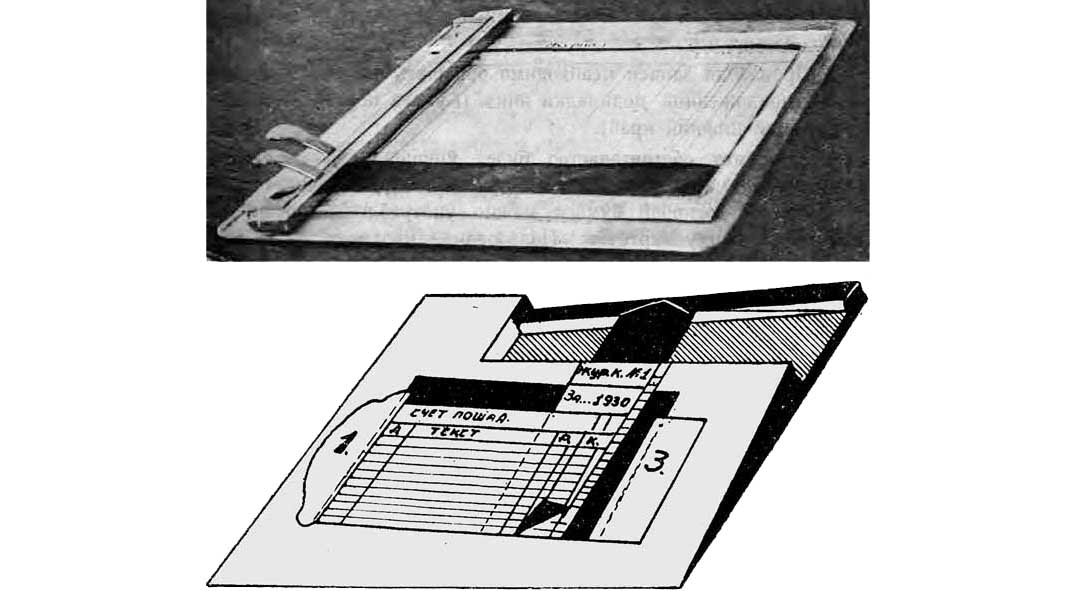
Here is a schematic representation of other models:
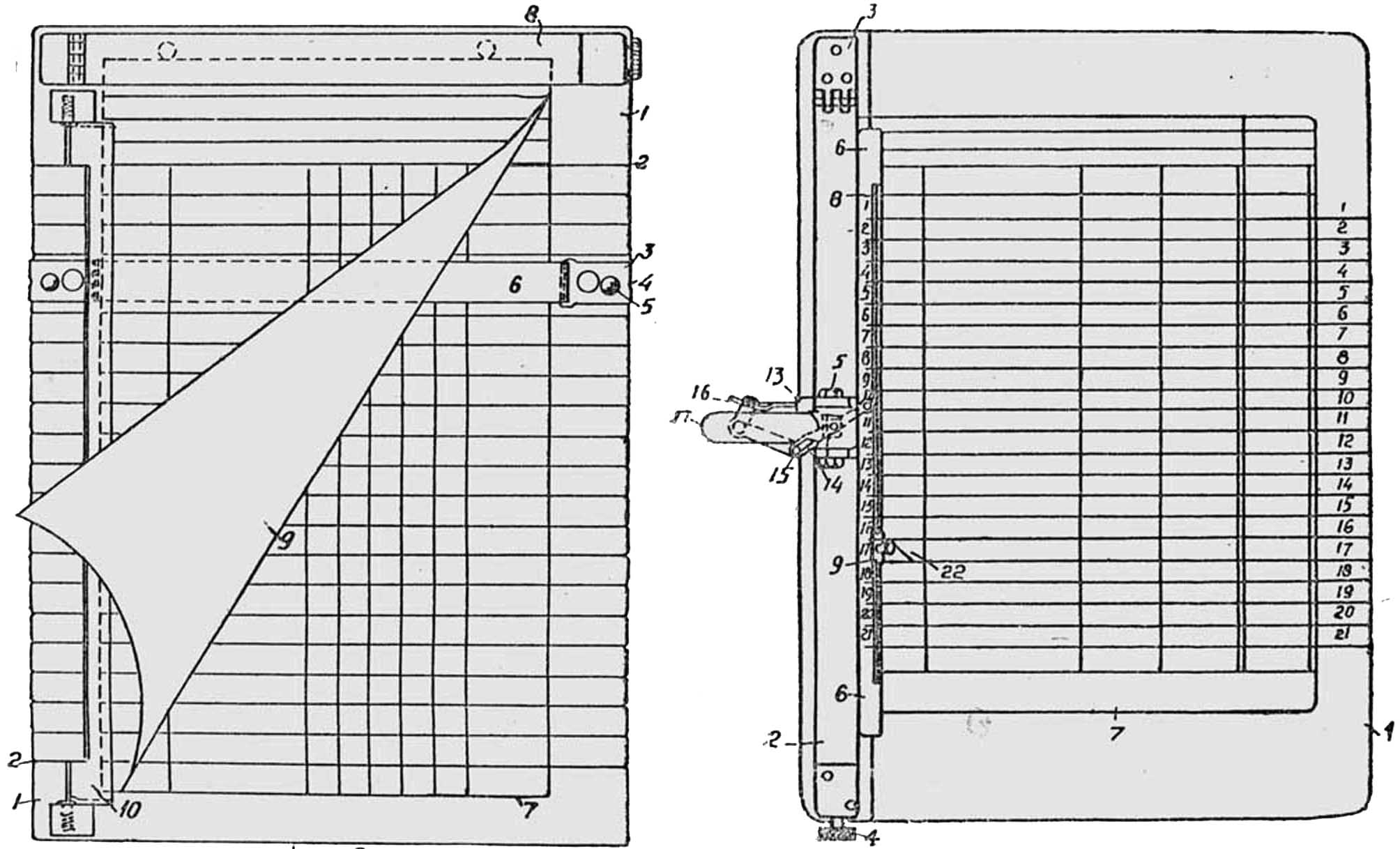
And here is a diagram showing the parts of the copy board: It is
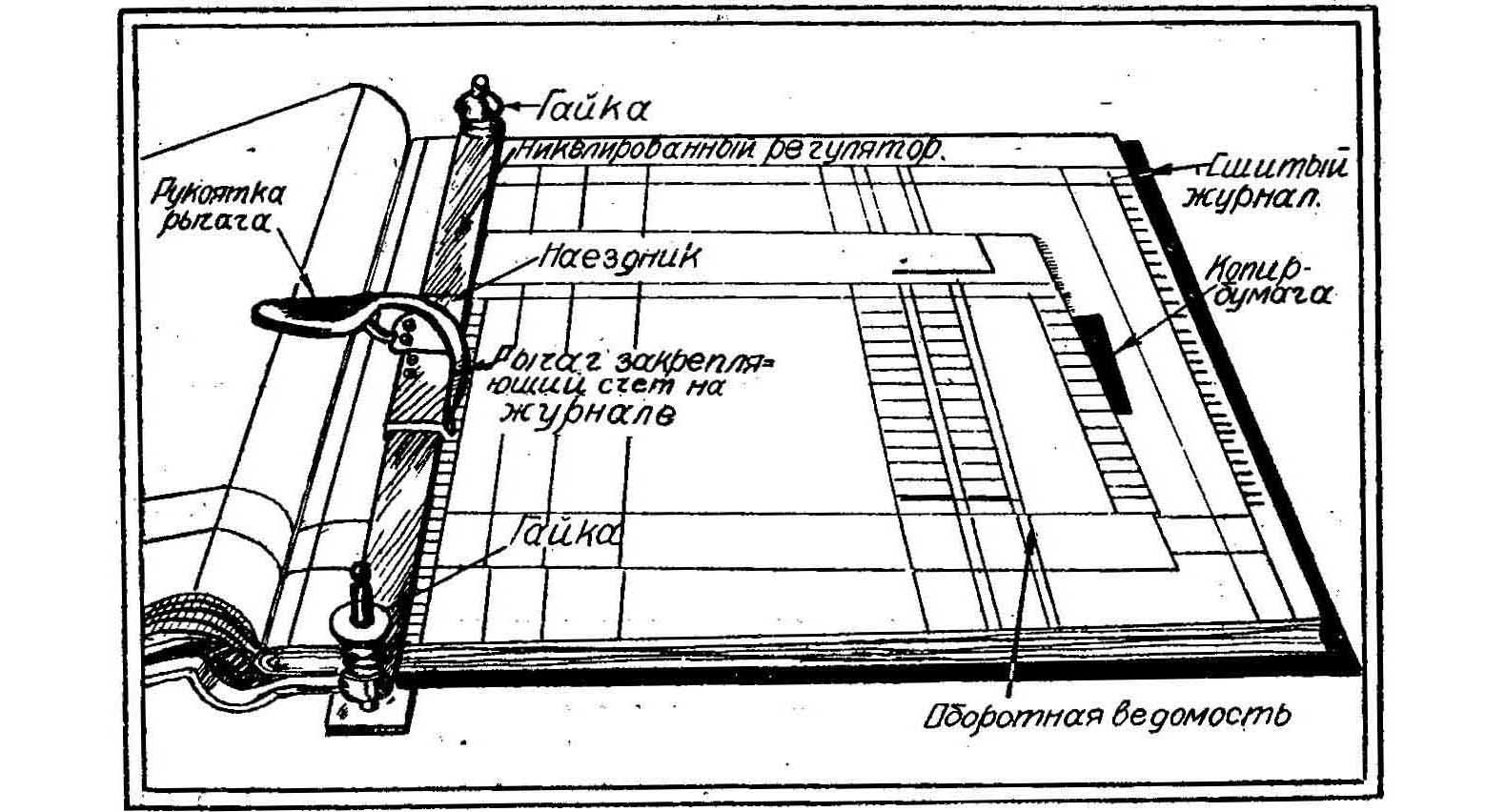
not known who first invented the copy board: it happened in the West, and since the late 1920s. domestic experts joined in the invention of copy boards and the methods by which boards should be used.
After a while, the number of forms of copying ... however, judge for yourself. A classification table from a book from 1931. And only 66 forms of foreign copyrocking, but there were still Soviet ones!
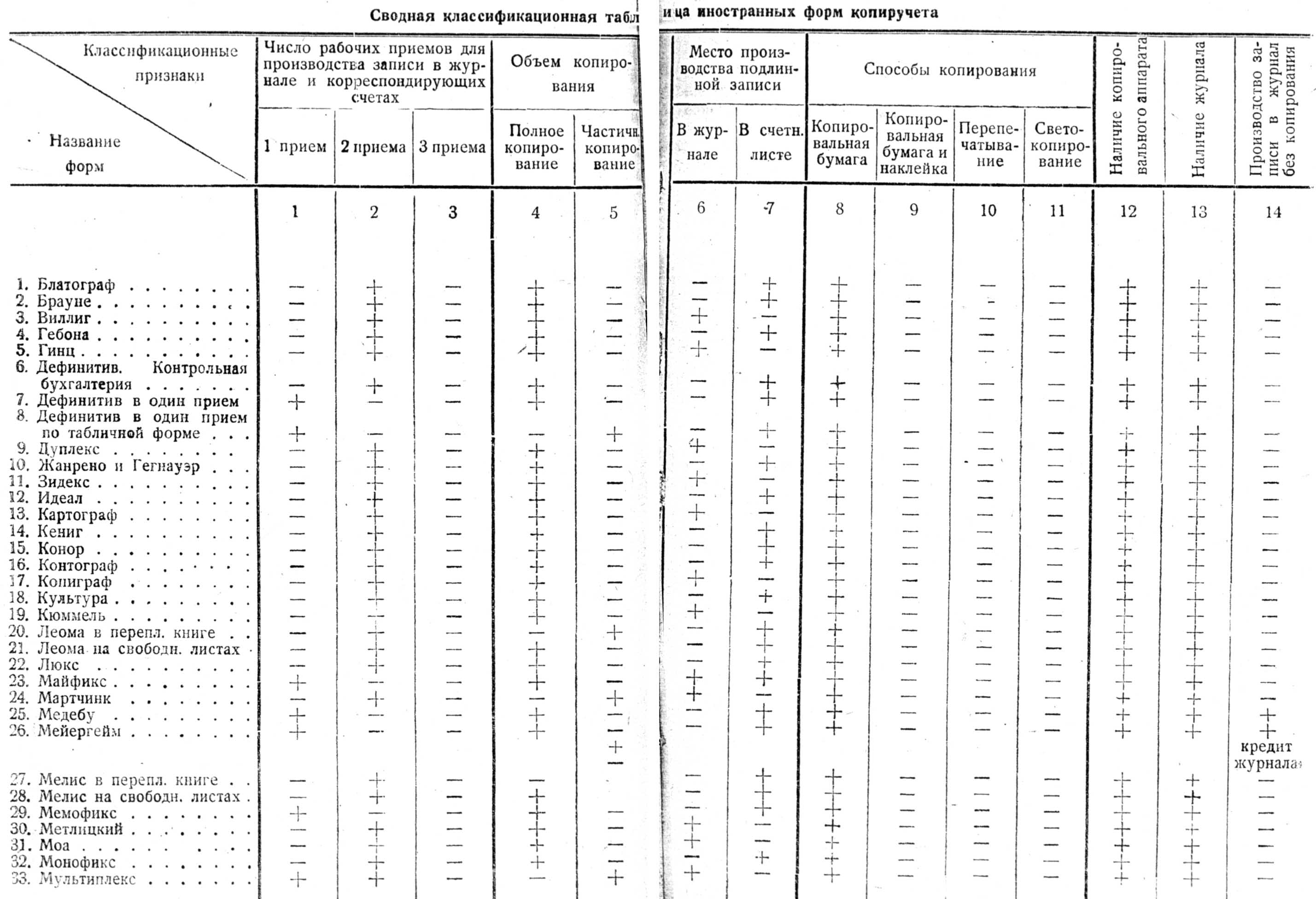

Now that the pictures have been promised, let's enjoy it.
So, devices for copying (copy boards and apparatuses are more complicated)! I apologize for the lack of image quality: the images were taken from books and magazines a hundred years ago - better images may simply not exist.
Photocopier board shape "Definitiv" :

Form kopirucheta "Gebona" :

Form kopirucheta "Meyergeym" :
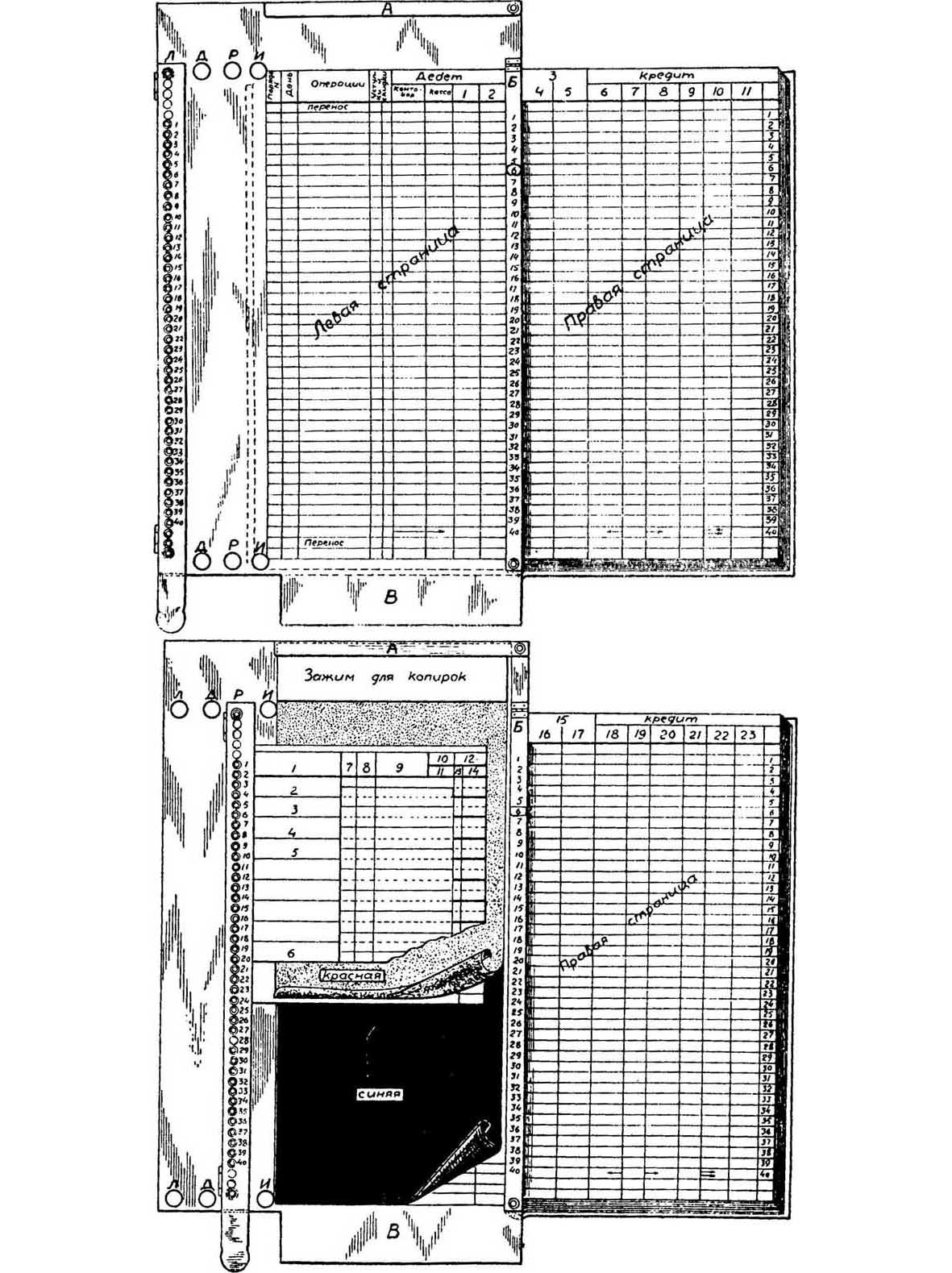
Form kopirucheta "Ideal" :
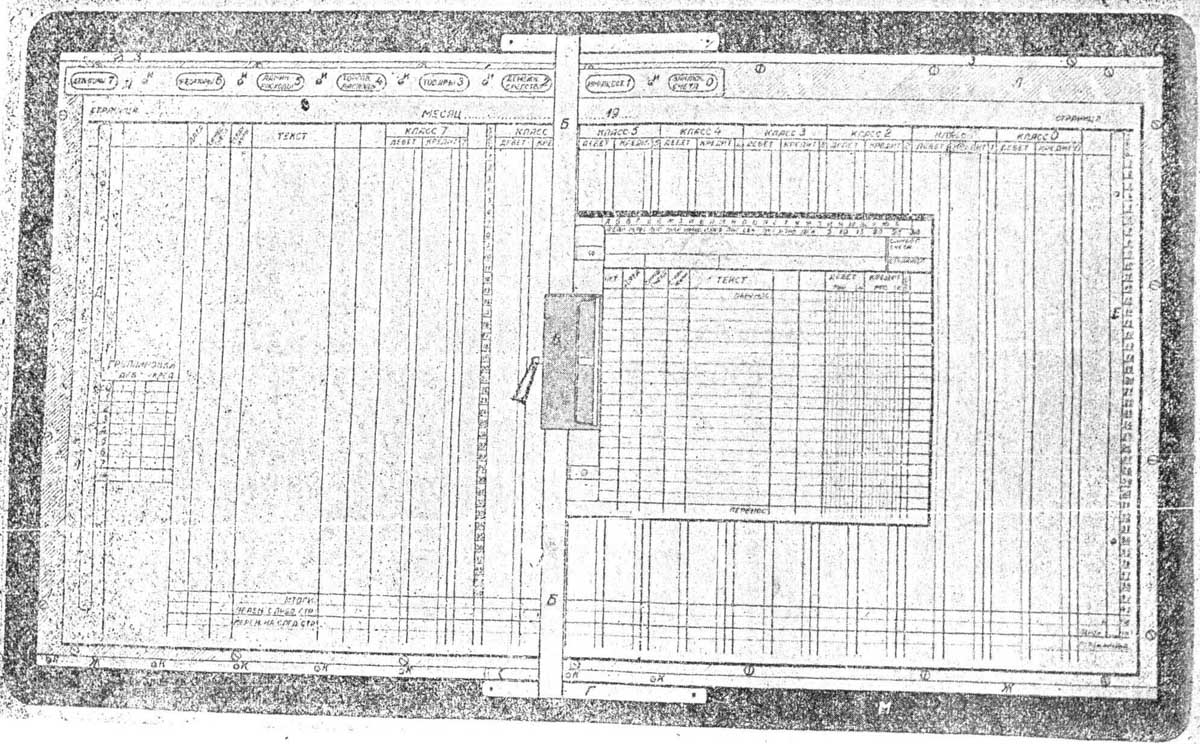
The two forms: "Rufus" and "Fortschritte" . At first glance, they don’t really differ from each other:
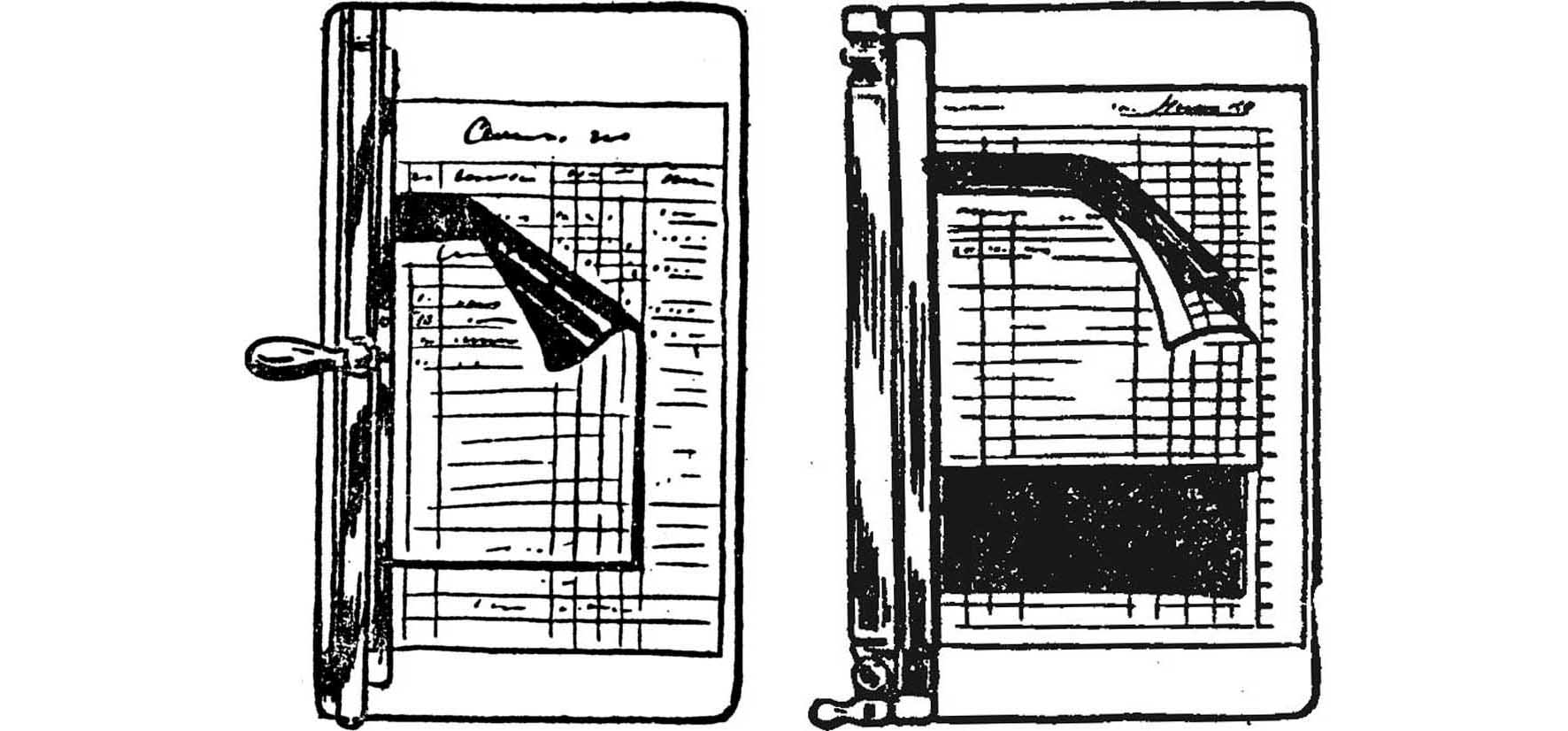
Rufus-Mink-Drilling : A
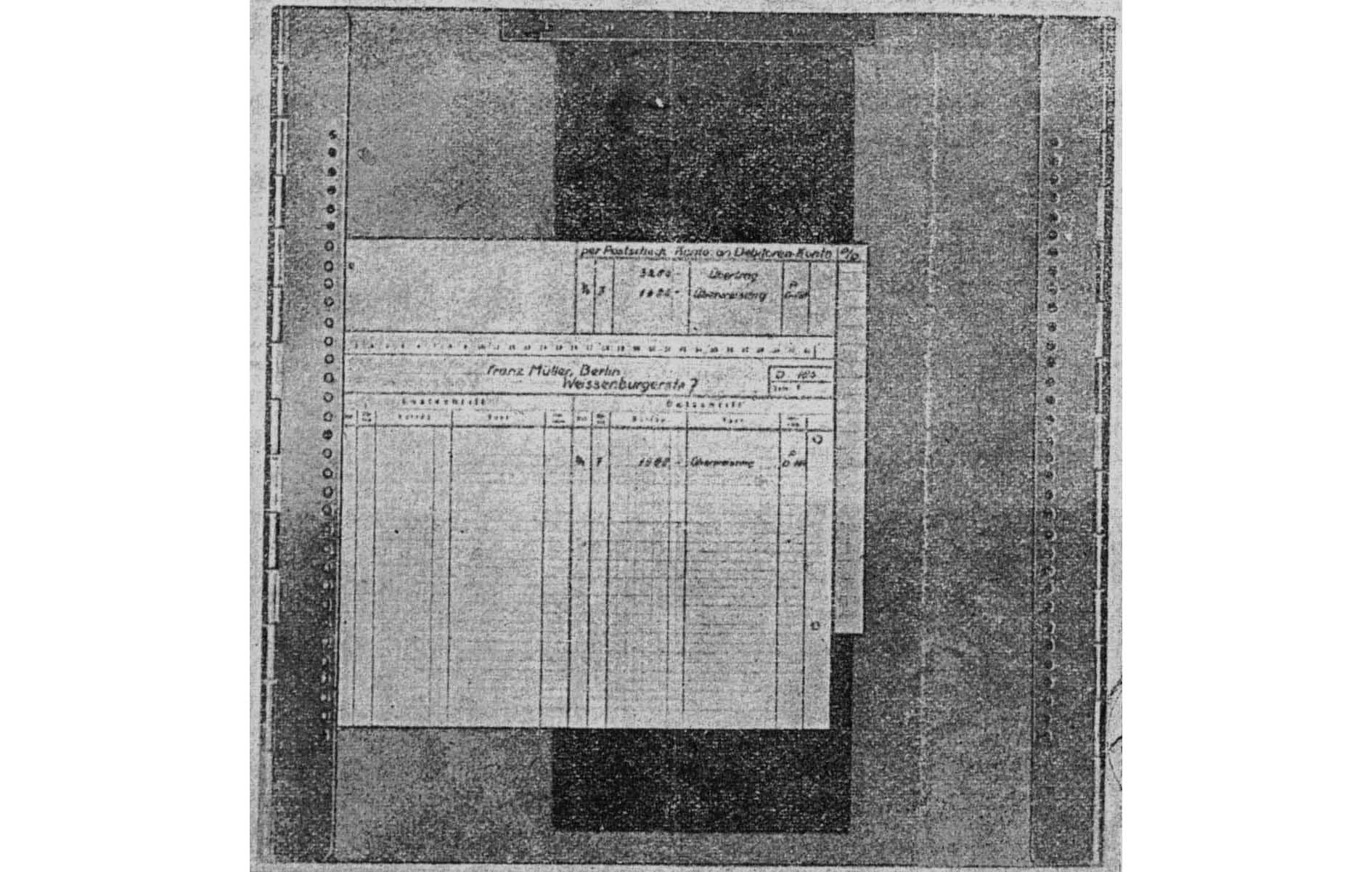
copy board in the Unograph form :

Copying board “Shaber” :
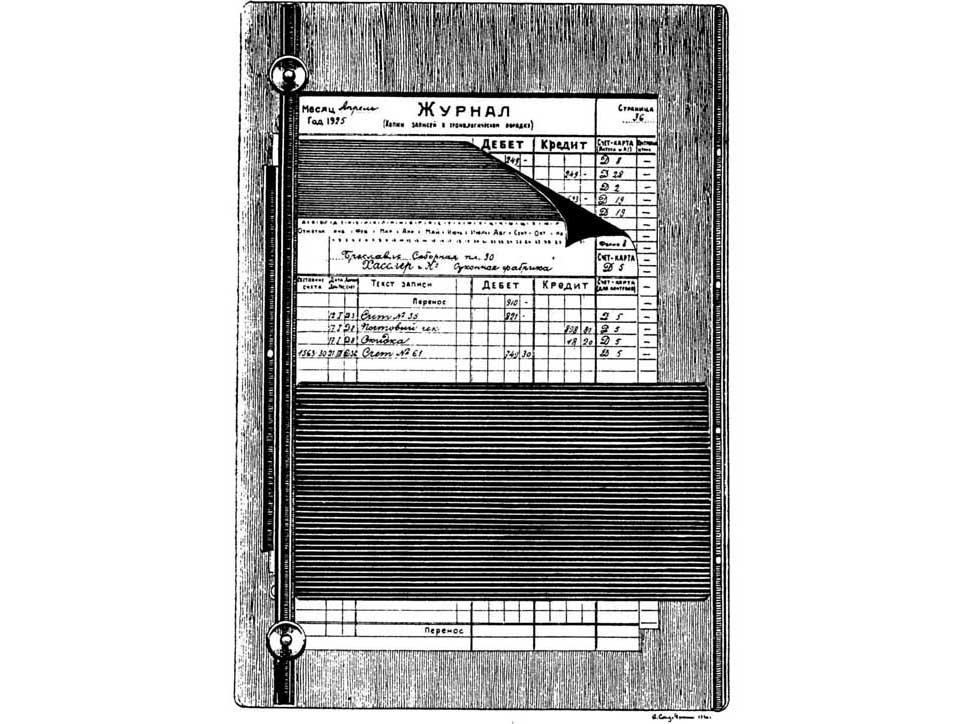
Copying board “Shlyand” :

Not a copying board, but a whole copying machine - “Memofix” :
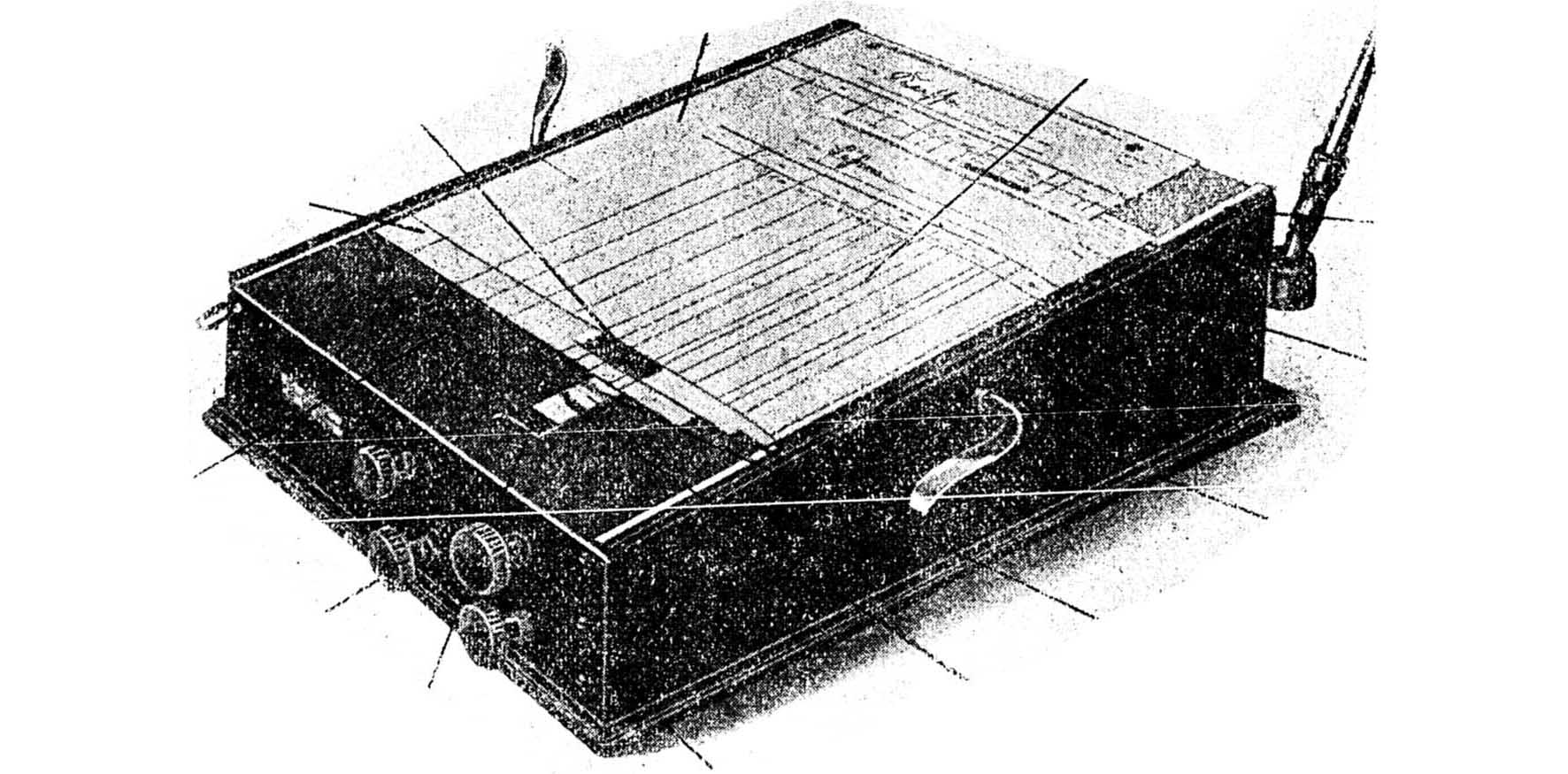
Now a couple of Soviet forms of copying - which were found.
Here ’s the Sovkopyrbukh copy board (I don’t think it’s necessary to decipher the abbreviation) - a very simple device:
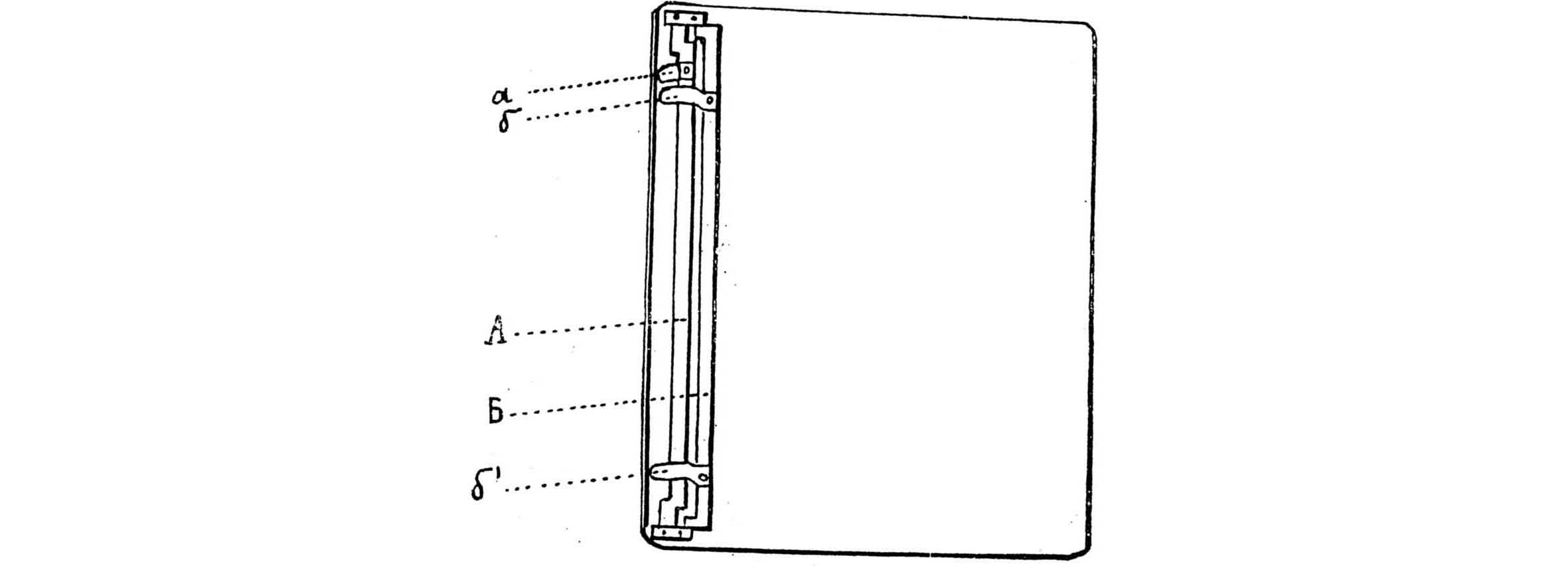
A copy board of Orgstroy, a similar organization, existed from 1925 to 1931 similar to it . An advertisement published at the same time gives an idea of the activities of an important institution:

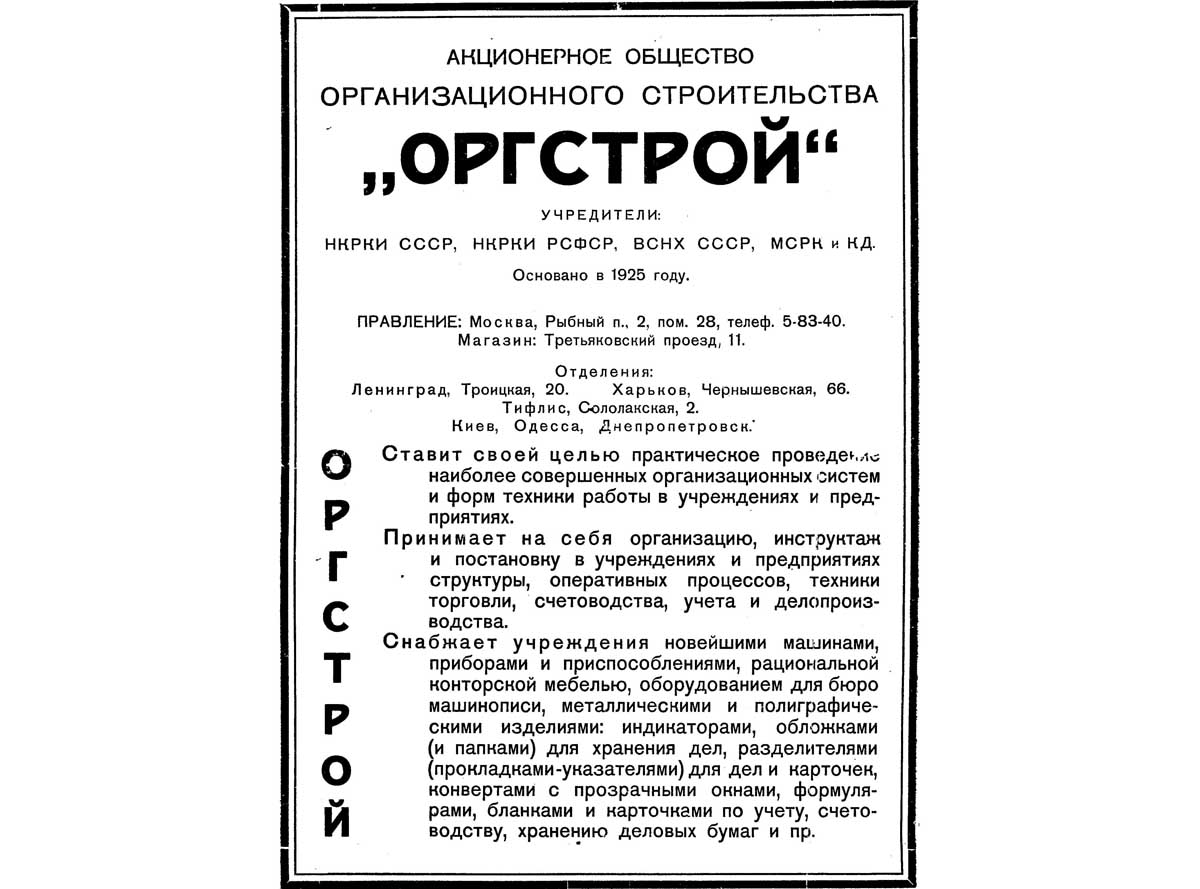
So you see the Orgstroy advertising agents who are trying to put bookkeeping at the enterprise using an original design clamping device!
Over the course of a decade, copy boards have been very common, and the bibliography of them is impressive. Then they quickly went into oblivion. By the way, I have not seen a single photograph - a modern, I mean, - a copy board. Does this mean that not a single device of this type has been preserved ?!
3. Copiers.
We have finished copying and copying boards - let's talk about more familiar copying.
Now we copy paper using photocopiers, although with the development of electronic document management, photocopying is a thing of the past. One hundred years ago, business papers were copied ... oddly enough, also with the help of photocopiers, although at that time copy machines were called differently. Probably, the principles of their action were also different - it's not for me to judge, let experts say a weighty word.
Office copying began with chemical, as far as I can tell, ways.
Blueprint . It seems that the work of modern devices is also based on this method, but at the initial stages of development, blueprinting looked different:
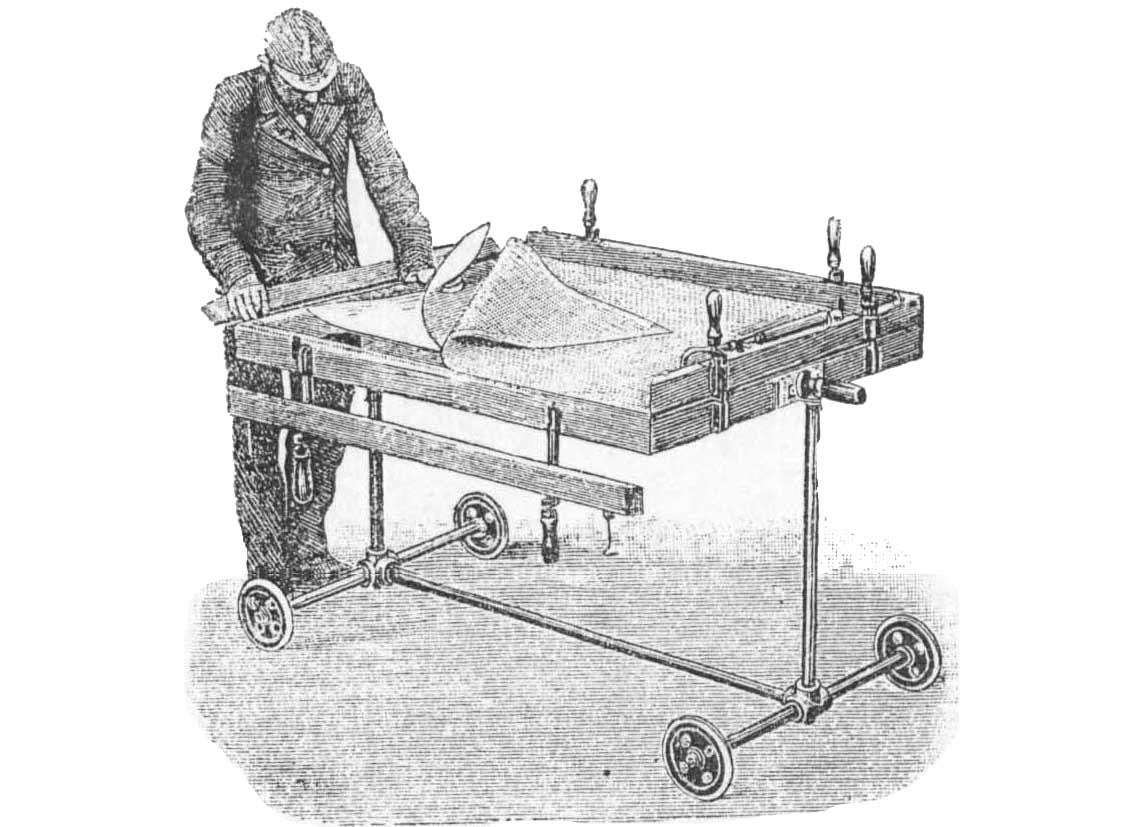
Something else similar. The source stated that thisжелатиновый копир. Впрочем, я не уверен, что данное устройство представитель офисной, а не типографской техники (типографских машин в рамках настоящего поста мы не касаемся):

Копирный пресс – не исключено, что тоже из семейства типографской техники. Помещаю рисунок в пост, так как окончательная уверенность отсутствует:
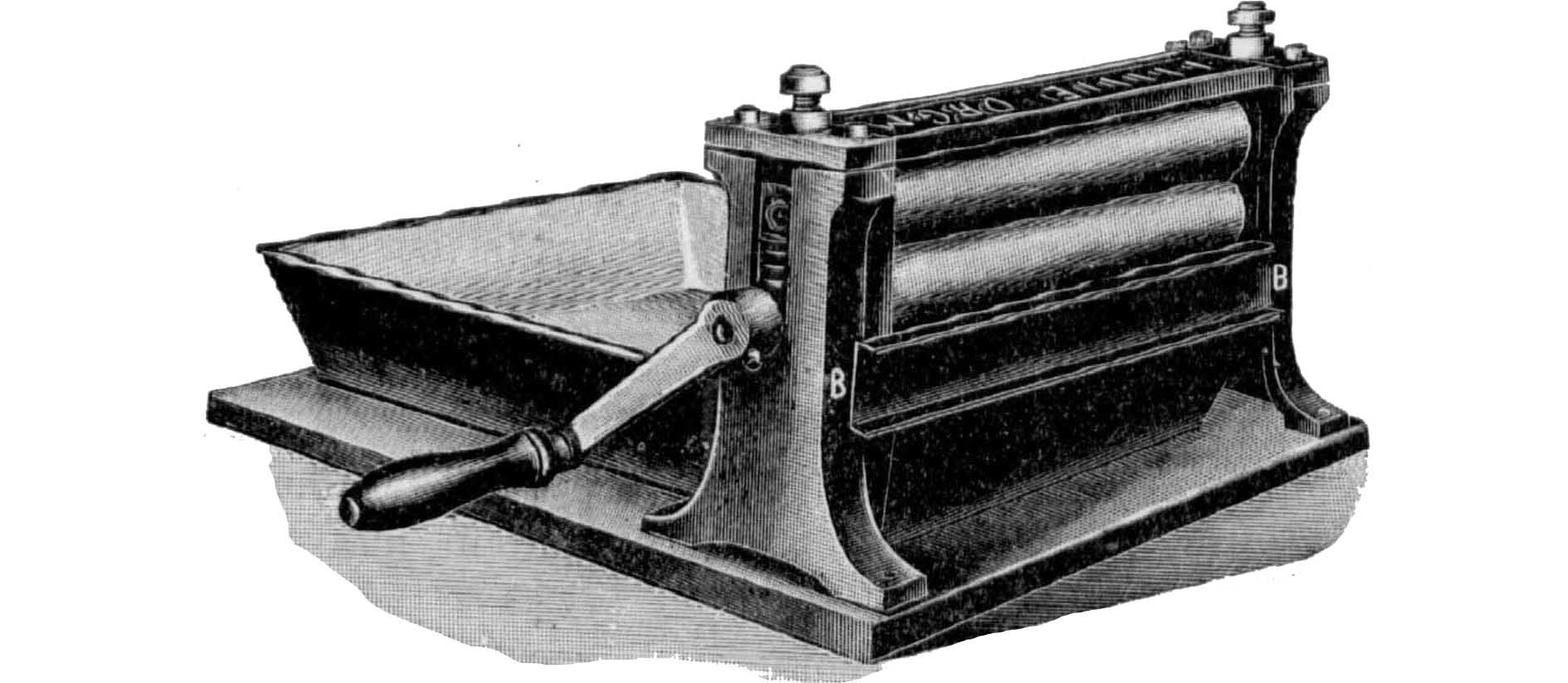
Ниже – два переносных предназначенных для копирования набора. Первый называется опалографом.

Второй, если верить надписи под фотографией в первоисточнике, – размножительный (sic!) аппарат «Грейф»:

Вот еще нечто подобное. Иллюстрации демонстрируют последовательность работы с мимеографом:
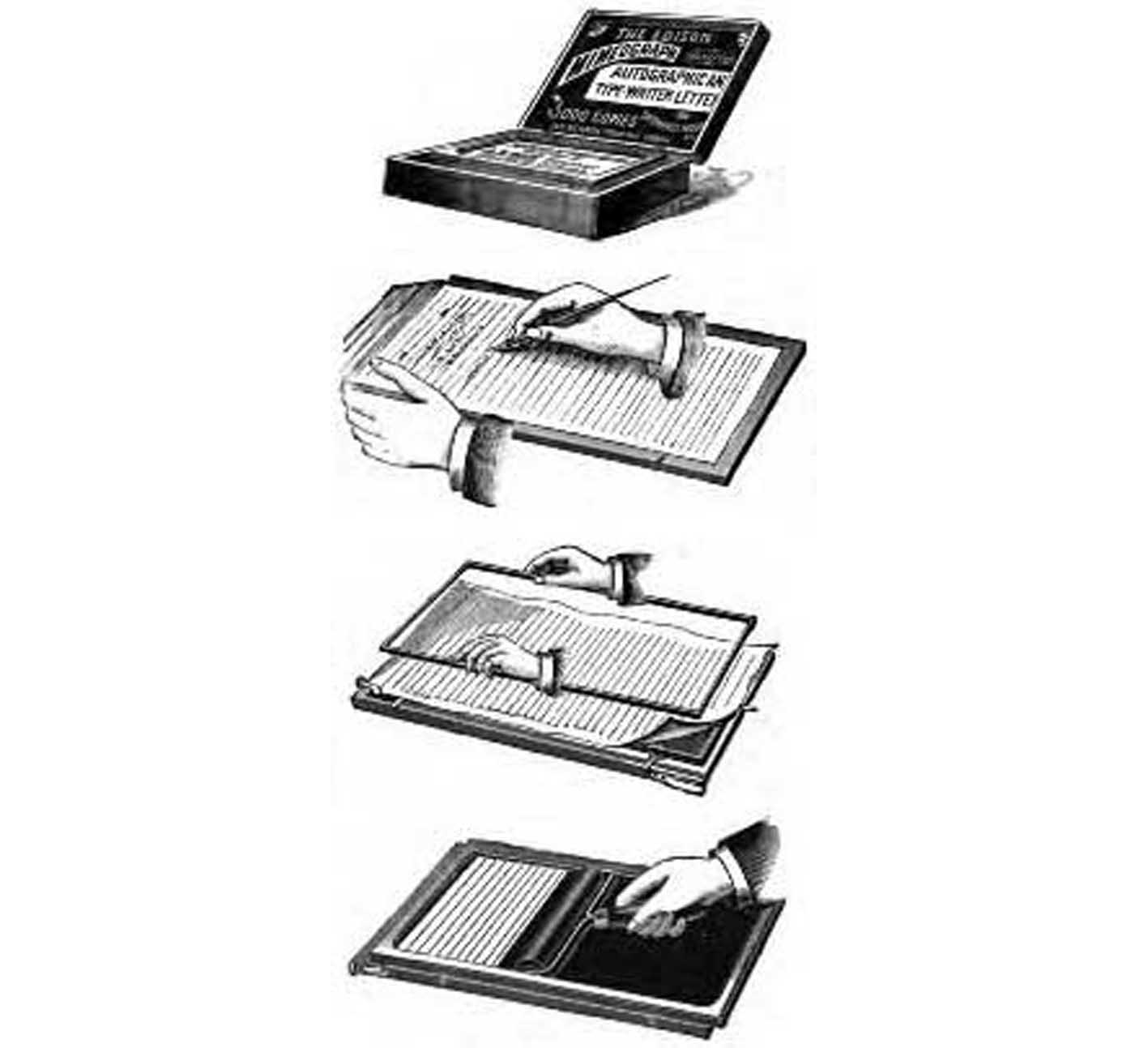
Although not everything is clear with the mimeograph. In the other picture, the mimeograph is quite an automatic copier. Perhaps the principle of action is identical or the manufacturer is one?
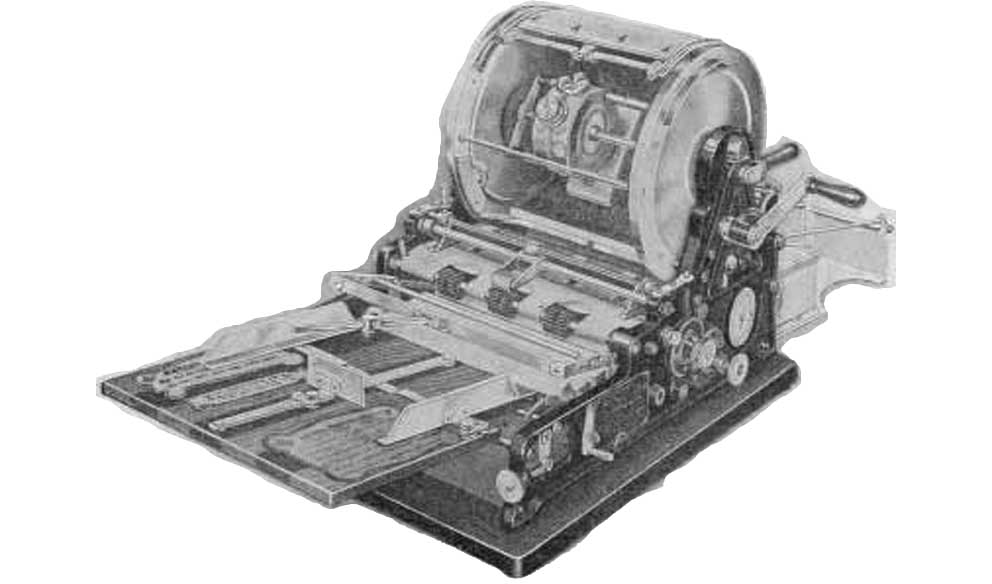
We moved on to sophisticated copy mechanisms that resemble modern photocopiers. We continue.
Copiers "Frejo" of various models:
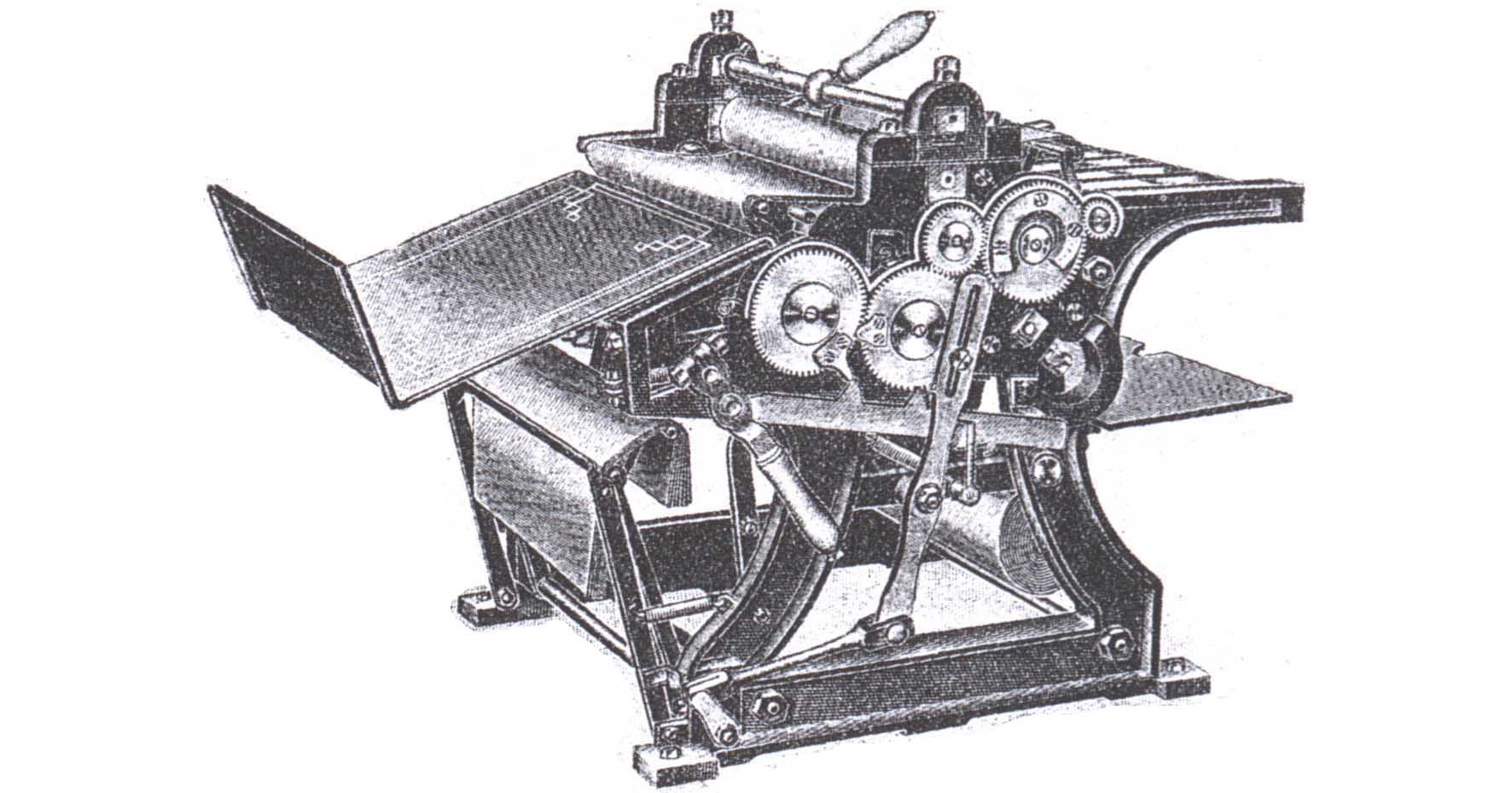
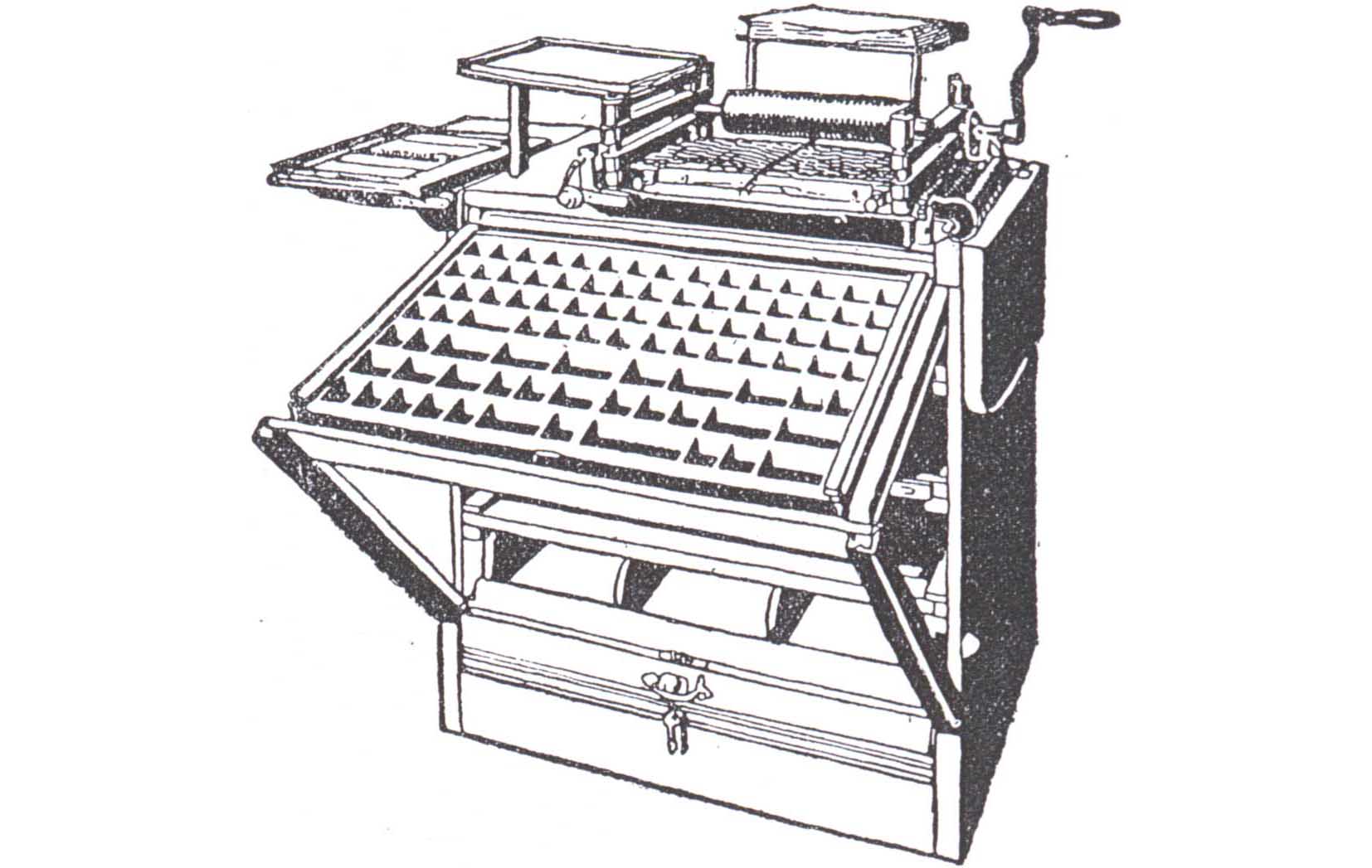
Copier "Roneo" :
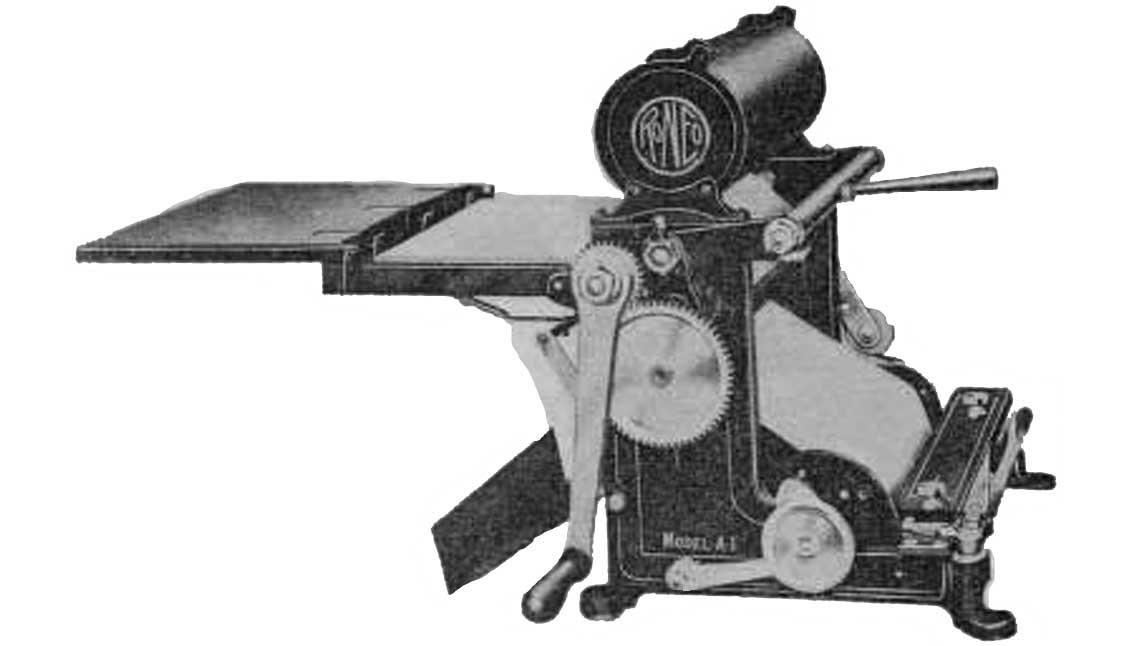
Copier "Rotafix" :
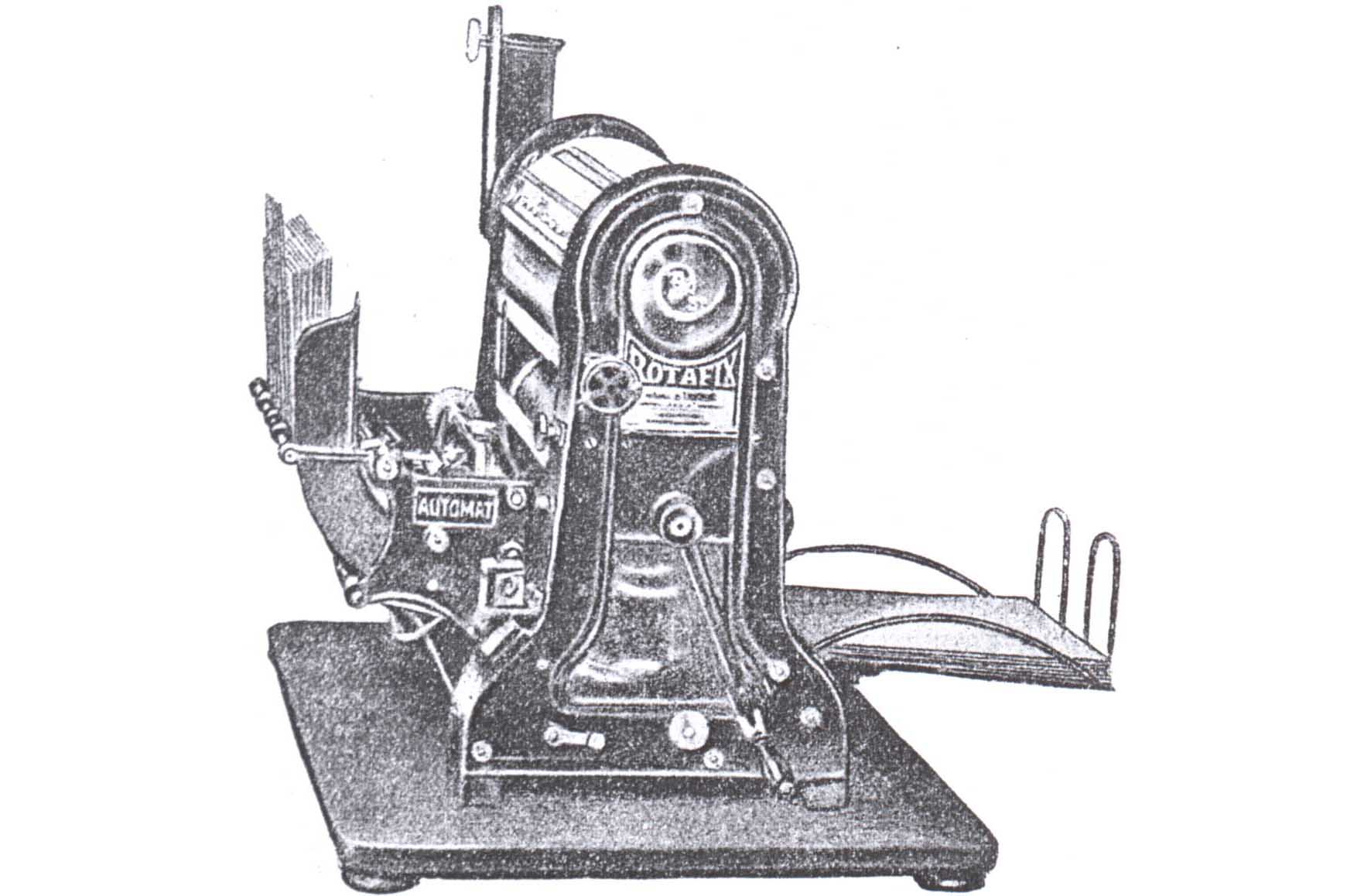
Copiers "Multigraph" :
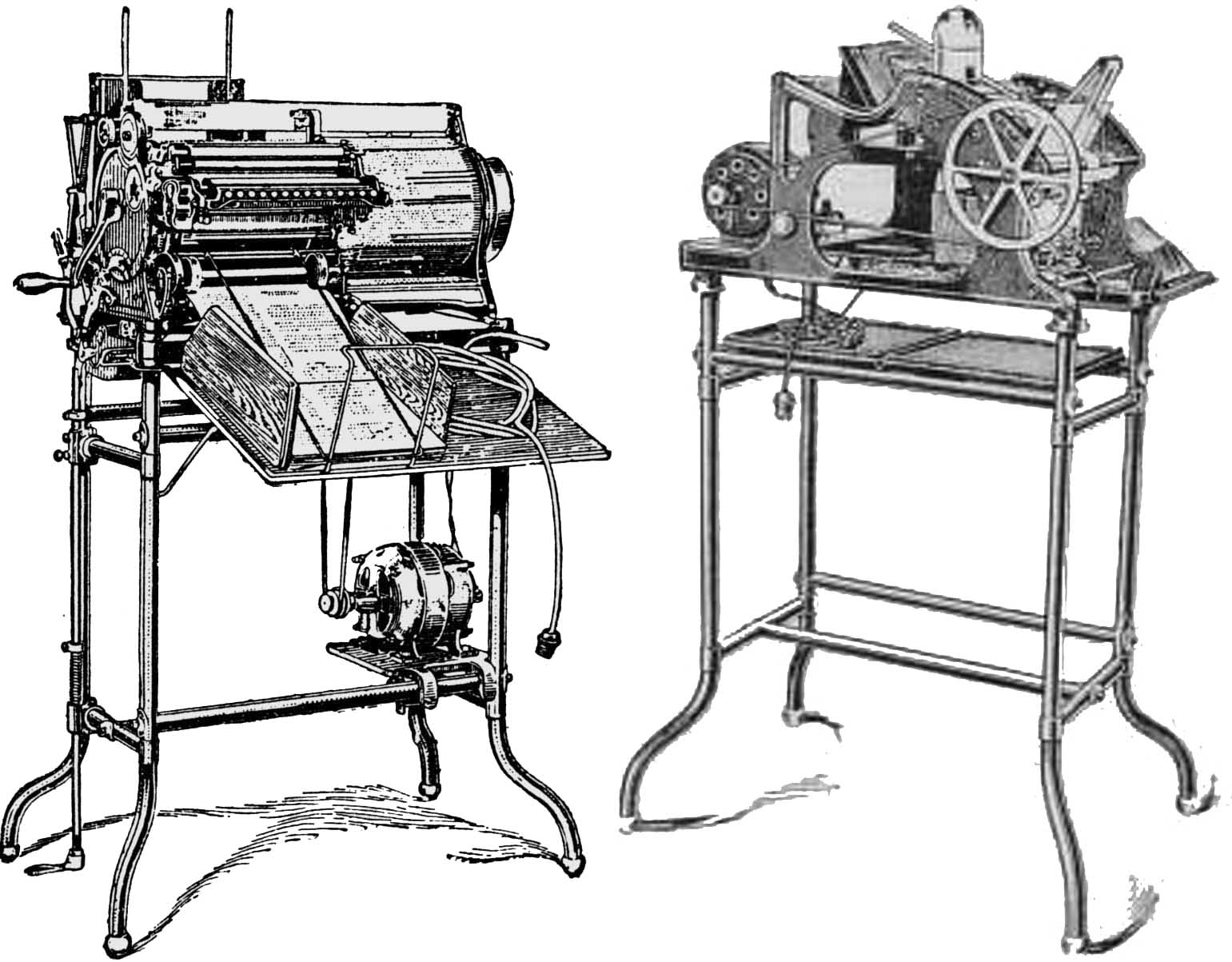
Probably, "Multigraph" was a common model, and maybe used not only for copying, but also for printing. The picture below shows the printing process on the "Multigraph":

But the device is of the same, apparently, the manufacturer, but of a different series (simplified version?). CopierJunior Multigraph : We
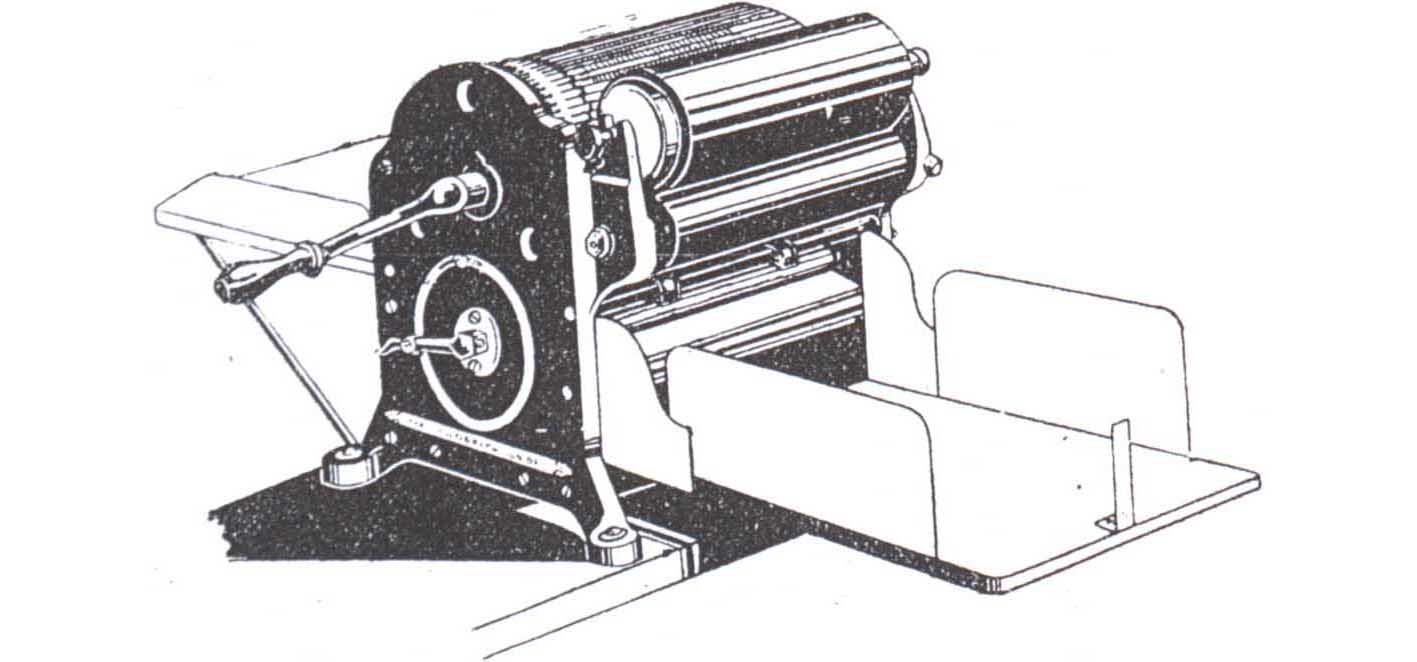
continue our tour of the samples of ancient technology.
Zeiss copier : Rapid Roller
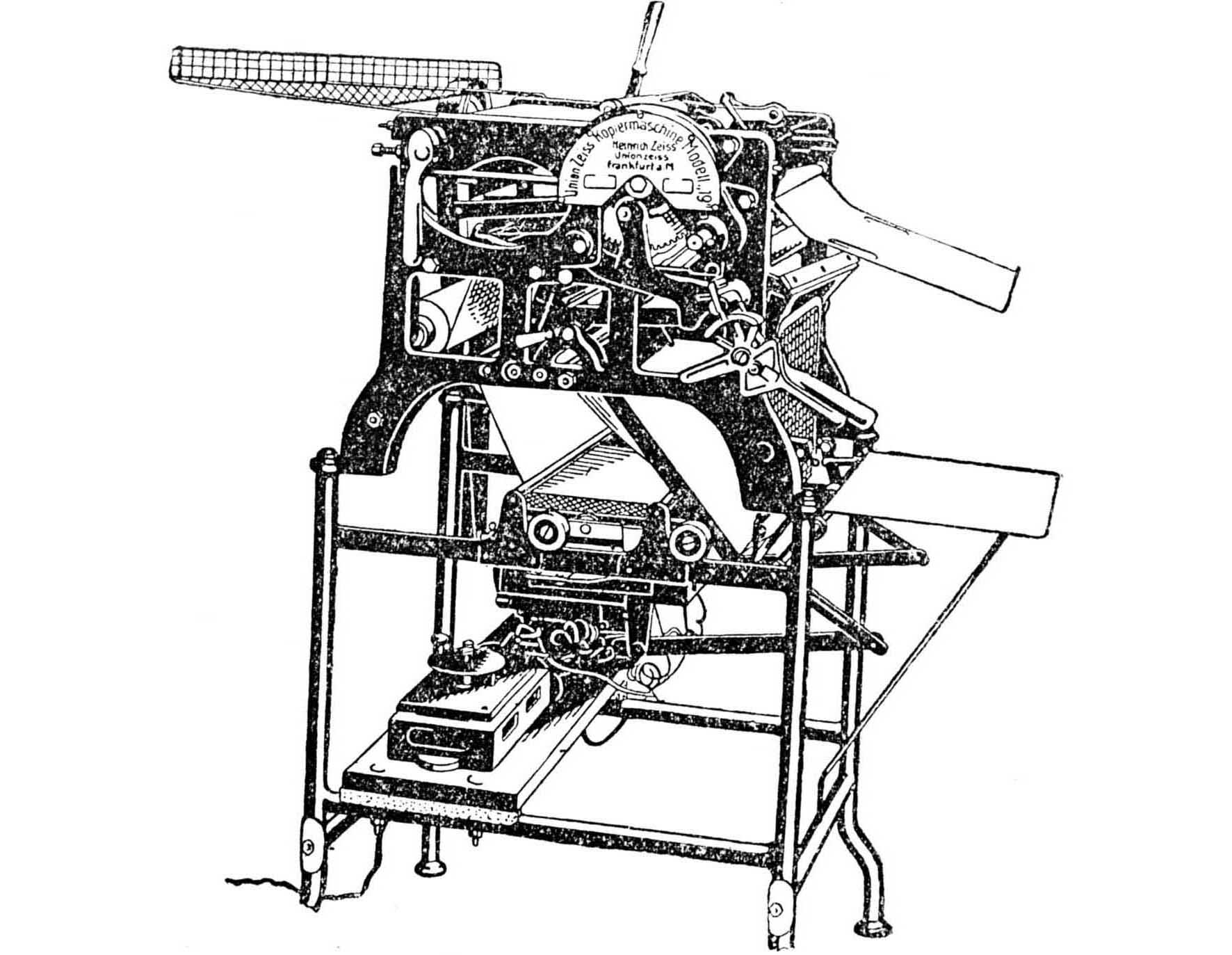
copier : Also, apparently, there was a mass series. Below - a unit of the copier, "Roller" another model: Copier "Shvartspress" : Copier "offset duplicator" : Copiers "Ormig" , manual and electrically-operated copier "Rodertal" : The machine to copy well-known manufacturer of computer technology of the time , "Burroughs" : The device shown below, I also defined as a copier, although there is no certainty. His name is strange -
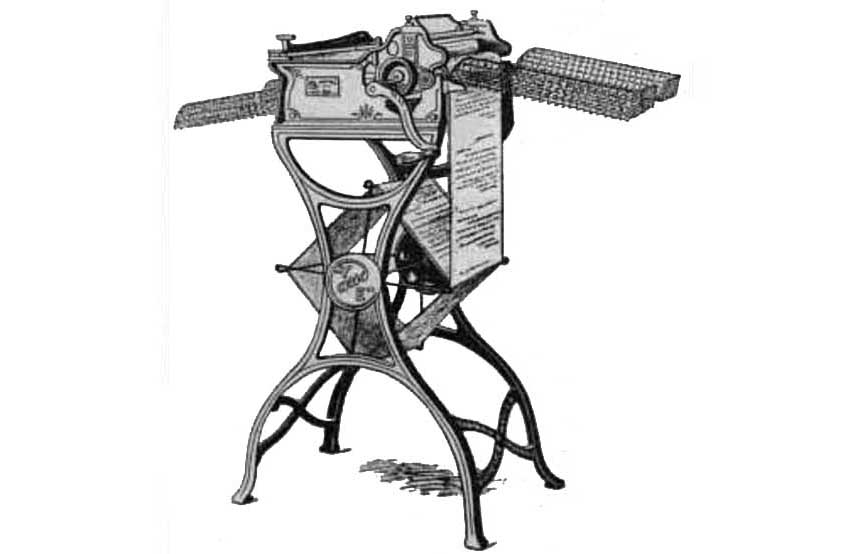

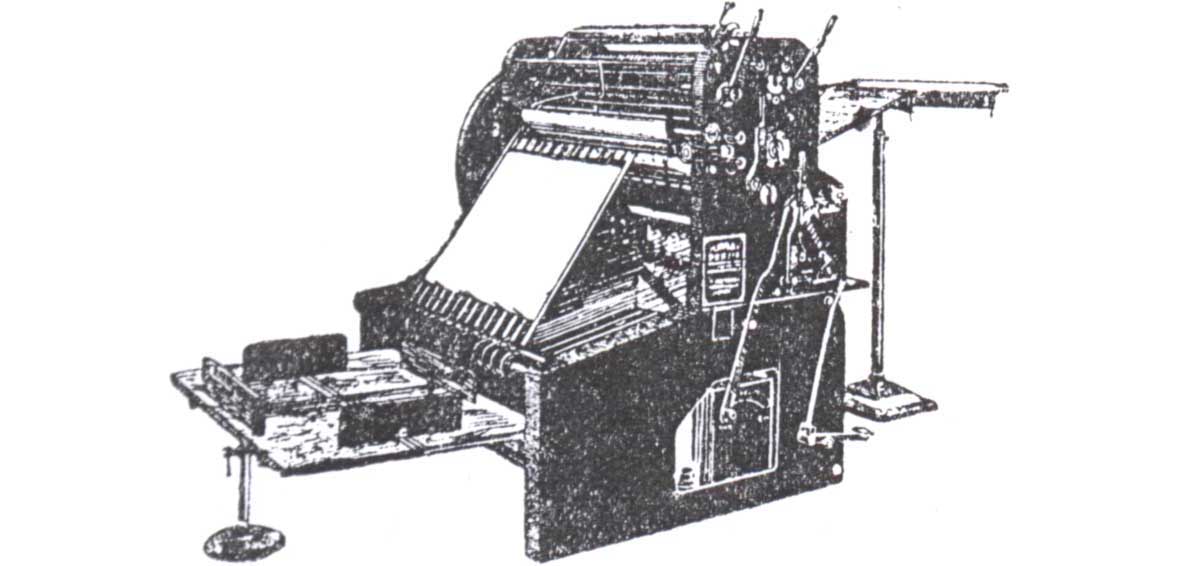
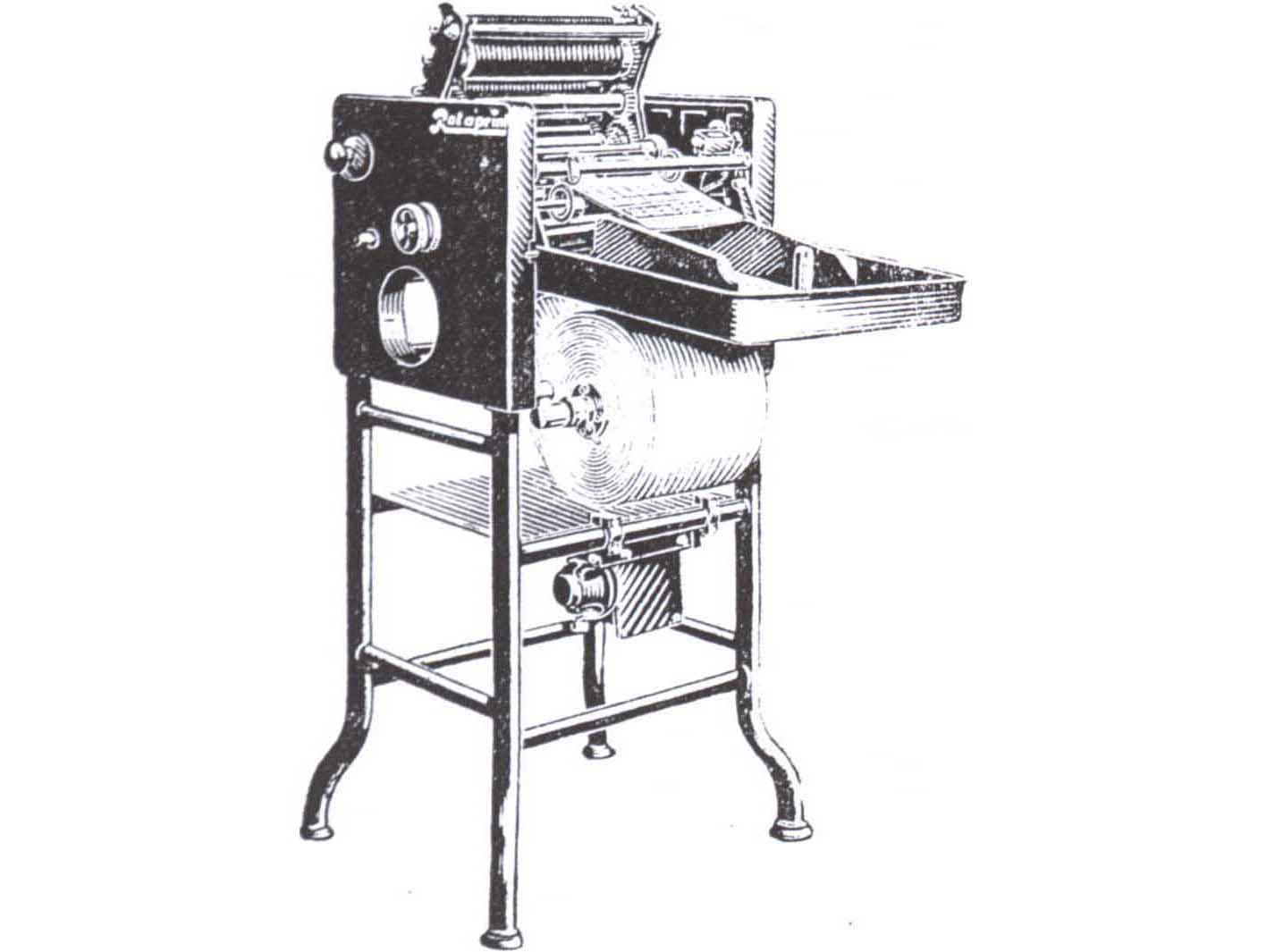
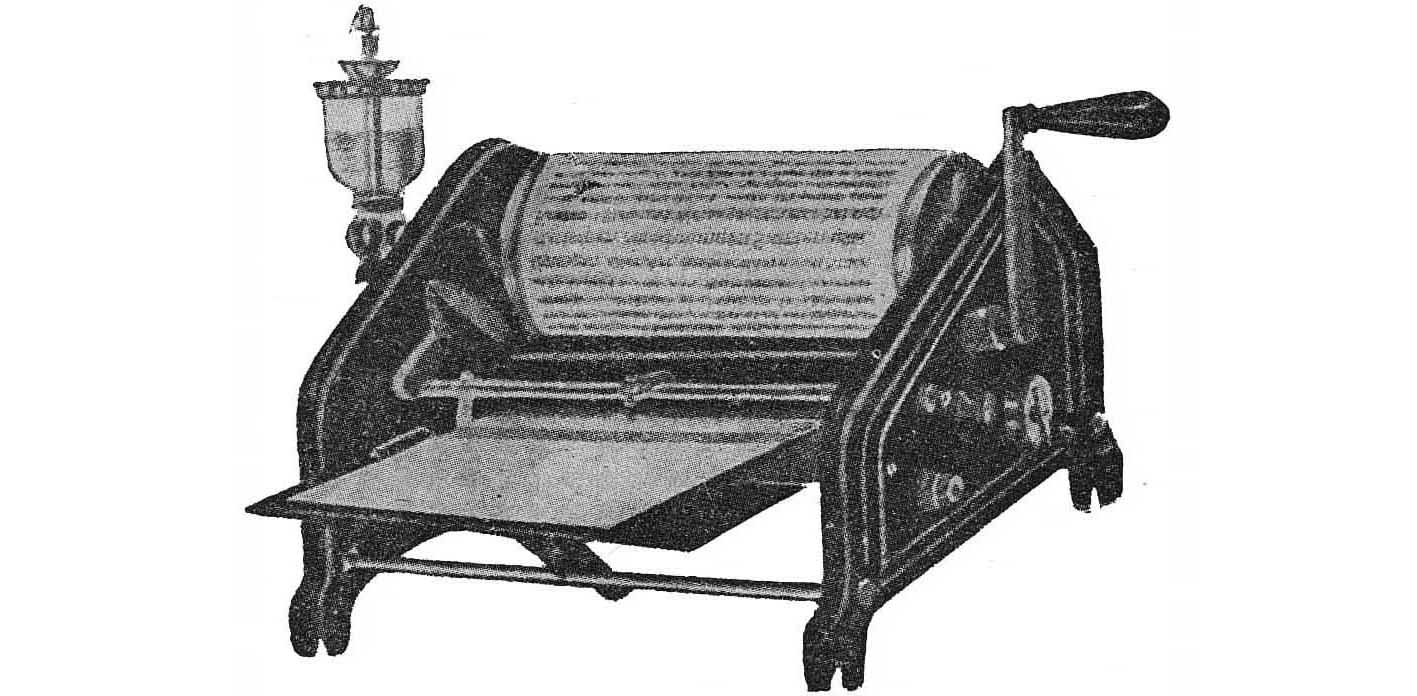
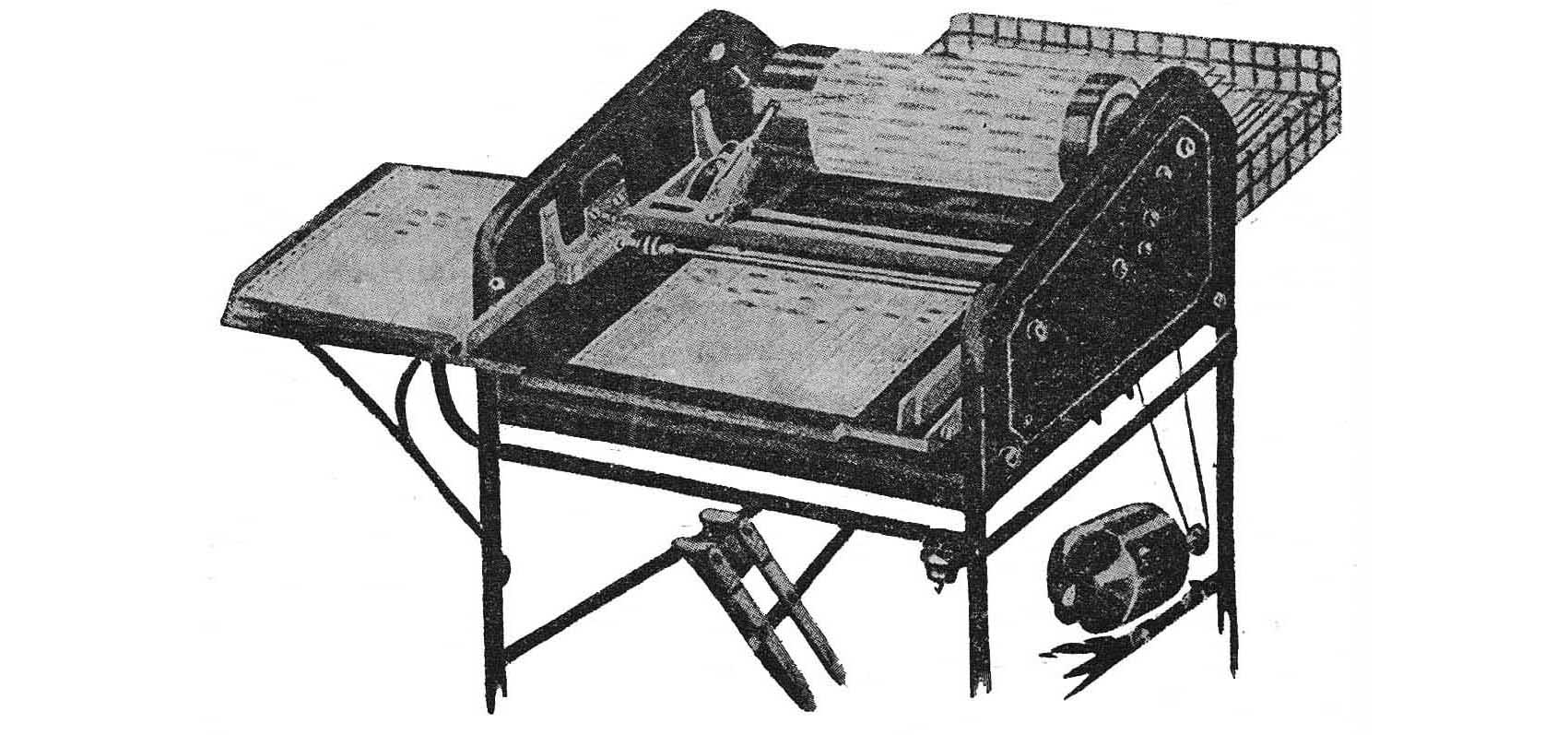
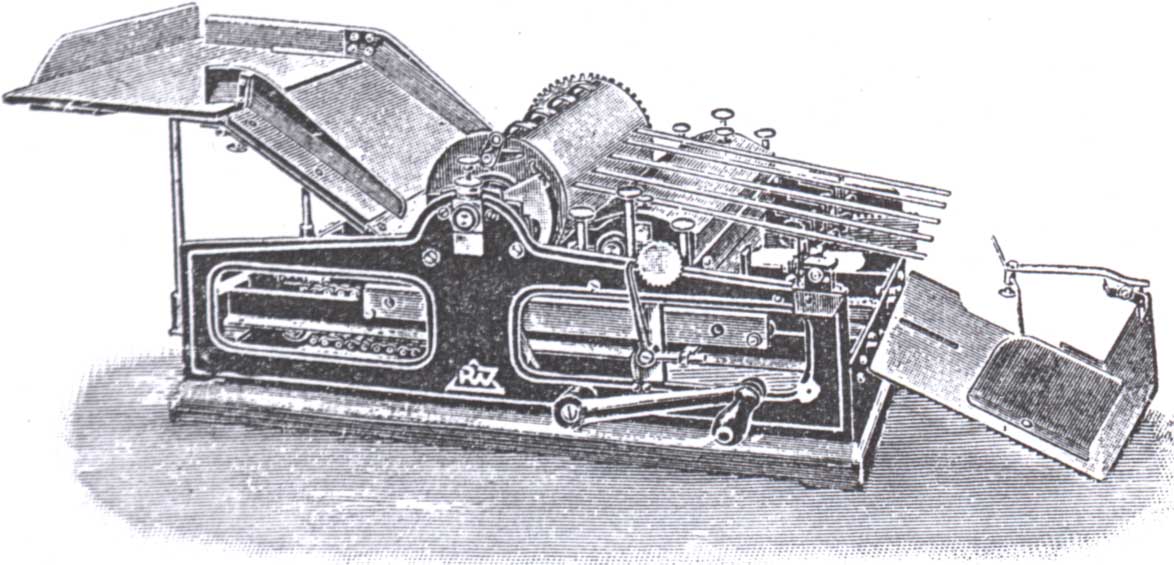

The Egry Manifold : A

tour of the old copy machines is coming to an end. In conclusion - a copier of an unidentified model, but very beautiful. I don’t know about you, but I would like to work on it:

Unlike the copyrights literature, I don’t know the individual publications on copiers: apparently, due to the fact that the technique was entirely foreign. The above photographs are taken from articles in domestic accounting journals, as well as from some foreign accounting books of that time.
Pictures fell into domestic magazines also mainly from foreign sources: a domestic author found an article in a foreign magazine, or a book published abroad, or, in extreme cases, borrowed a picture from a translated publication (although there were few) and placed the material in his own article, from which the masses of office plankton were recognized about the novelty. I must say that this principle of communicating information to specialists has undergone few changes, although today there are no more options.
Since the 1940s materials on copying technology from the accounting literature disappeared for many decades, first in connection with the war, then due to the fact that copying machines were located behind the iron doors of the secret departments, where ordinary people were strictly forbidden.
What happened next, you know.
PS Habravchane - thank them very much for this! - made some important clarifications and comments on the topic. Read in the comments.
